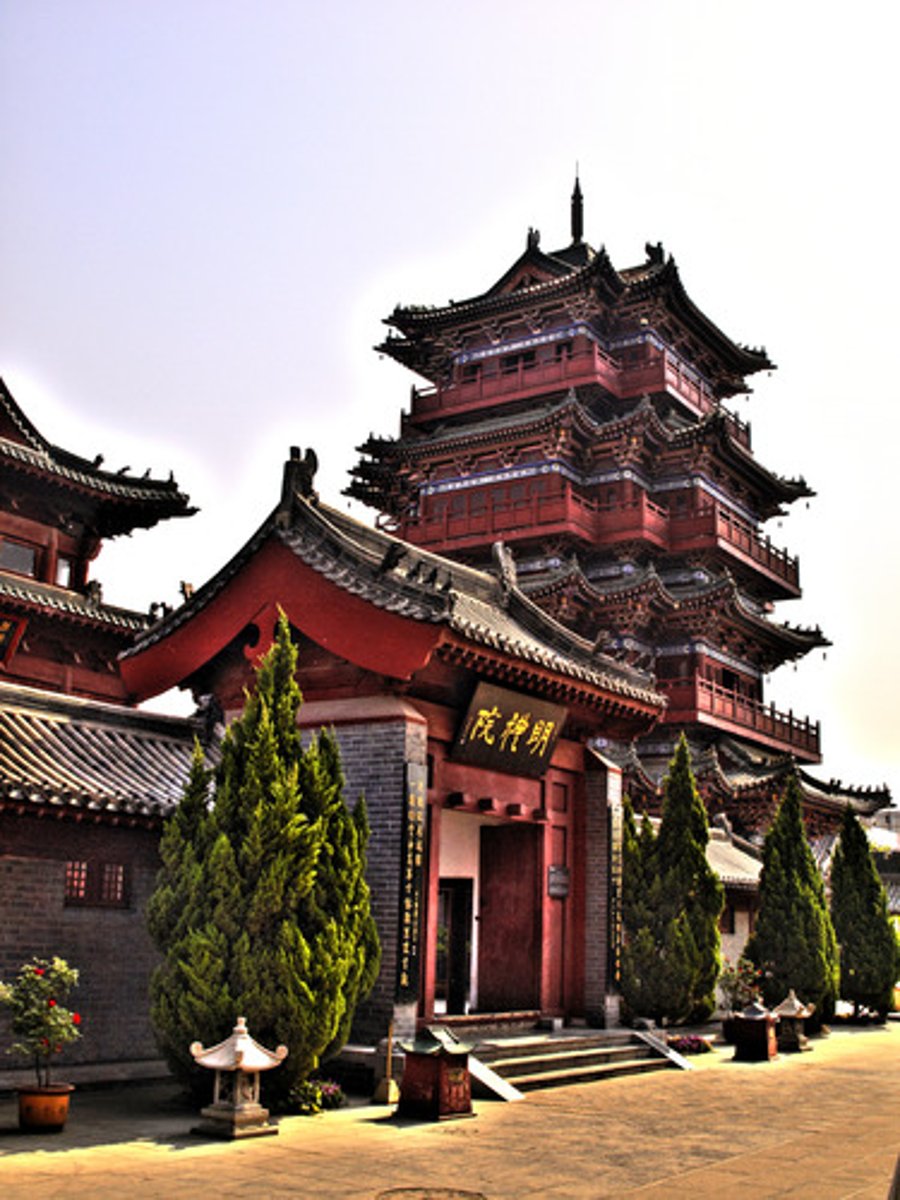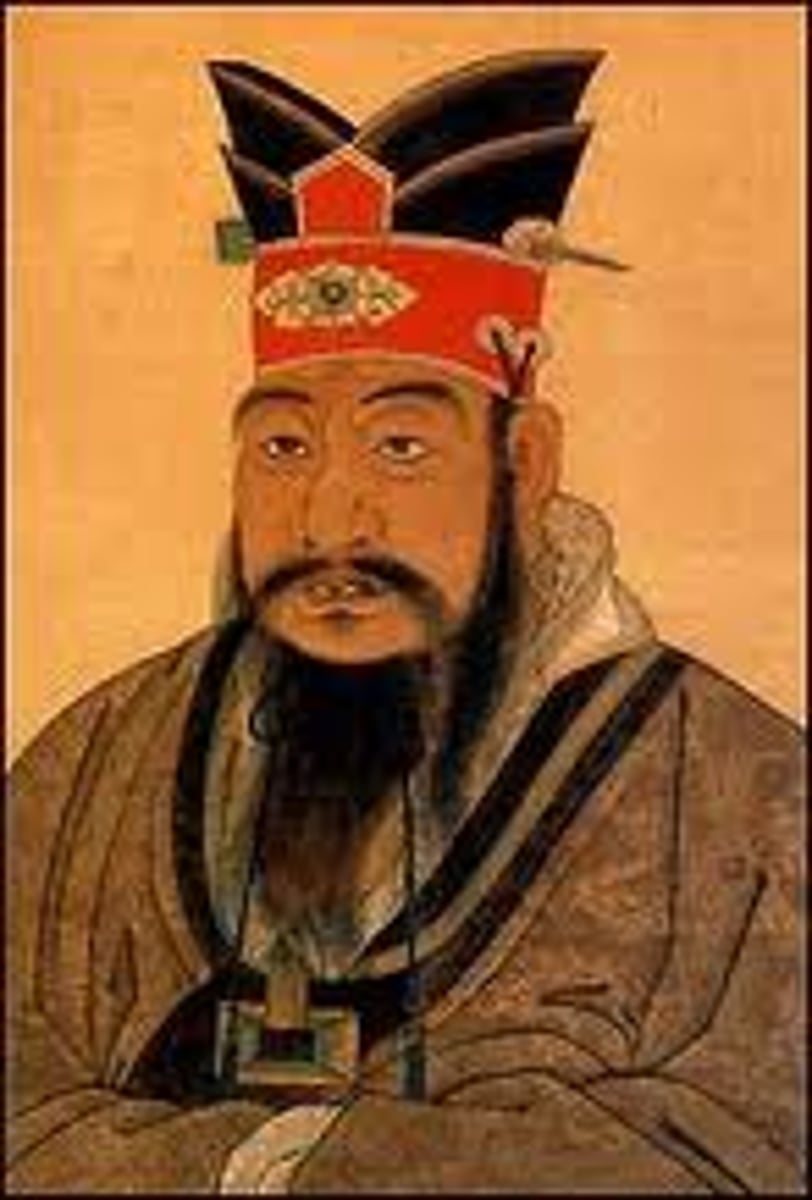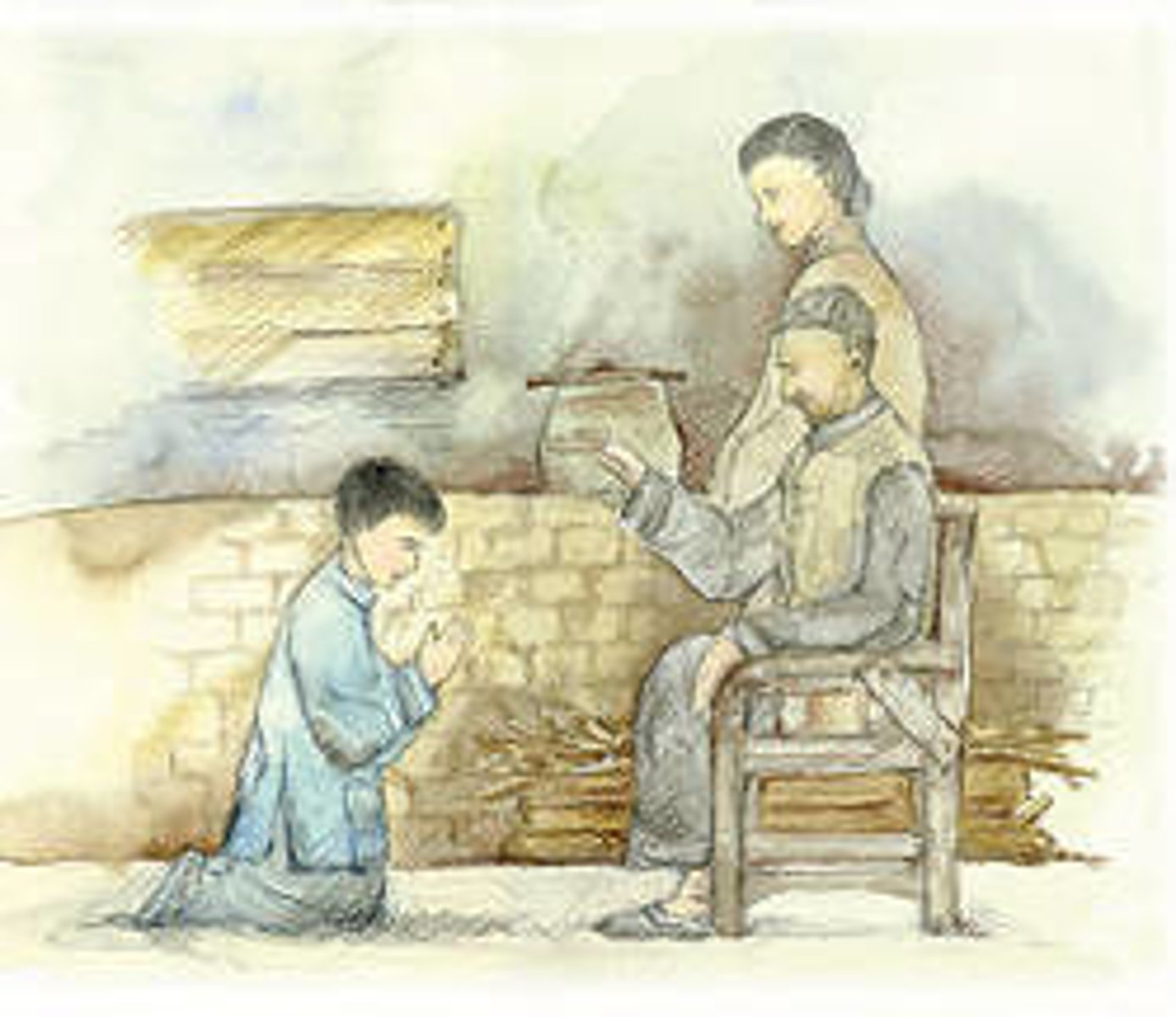AP World History Modern Unit 1 (1200-1450)
1/60
There's no tags or description
Looks like no tags are added yet.
Name | Mastery | Learn | Test | Matching | Spaced |
|---|
No study sessions yet.
61 Terms
State-building
The processes of creating and expanding states or empires typically to refer to their government, economic, and cultural practices.
East Asia
A region of Asia that includes China, Mongolia, North Korea, South Korea, and Japan
South Asia
A region that includes modern day India & Pakistan
Southeast Asia
A region that includes Vietnam, Thailand, Laos, Malaysia, Indonesia, etc.
Afro-Eurasia
The vast region made up of Africa, Europe, and Asia
Middle East
Region of SW Asia that typically refers to the Arabian Peninsula, Iran, Iraq, Syria, etc.
Song Dynasty
(960-1279 CE) The Chinese dynasty that placed much more emphasis on civil administration, industry, education, and arts other than military.

Song Taizu
First Song dynasty emperor who reigned from 960-976 CE. He focused his rule on civil administration, industry, education, and the arts rather than on military affairs.
Footbinding
Practice in Chinese society to mutilate women's feet in order to make them smaller; produced pain and restricted women's movement; used at first by wealthy elite, but spread to other classes.
Daoism
Philosophical system developed by of Lao-Tzu advocating a simple honest life and noninterference with the course of natural events, balance and harmony
Confucianism
The system of ethics, education, and statesmanship taught by Confucius and his disciples, stressing love for humanity, ancestor worship, reverence for parents, and harmony in thought and conduct.

Filial Piety (Confucianism)
a virtue of respect for one's parents, elders, and ancestors

Imperial Bureaucracy
Division of an empire into organized provinces to make it easier to control
Neo-Confucianism
A philosophy that emerged in Song-dynasty China; it revived Confucian thinking while adding in Buddhist and Daoist elements.
Hinduism
A religion and philosophy developed in ancient India, characterized by a belief in reincarnation and a supreme being who takes many forms, polytheistic
Buddhism
the teaching of Buddha that life is permeated with suffering caused by desire, that suffering ceases when desire ceases, and that enlightenment obtained through right conduct and wisdom and meditation releases one from desire and suffering and rebirth. This is known as the Four Noble Truths & the Eightfold Path.
Theravada Buddhism
the oldest of the two major branches of Buddhism. Traditional Buddhism that follows closely the original teachings of the Buddha
Mahayana Buddhism
Also known as popular Buddhism, is allows people more ways to reach enlightenment and boddhisatvas can help you reach enlightenment.
Zen Buddhism
a Japanese school of Mahayana Buddhism emphasizing the value of meditation and intuition
Buddhism in China
Spread by the Silk Roads, took form of Mahavana Buddhism. Blended with Daoism, formed 'Chan Buddhism' (aka Zen Buddhism).
Champa Rice
a quick-maturing, drought resistant rice that can allow two harvests, of sixty days each in one growing season
Grand Canal
Built in 7th century during reign of Yangdi during Sui dynasty; designed to link the original centers of Chinese civilization on the north China plain with the Yangtze river basin to the south; strengthened China's internal cohesion and economic development
Porcelain
a thin, beautiful pottery invented in China; one of China's 3 major exports
Steel and iron production
A key element during the Song Economic Revolution; helped popularize mass production and new production methods
woodblock printing
a type of printing in which text is carved into a block of wood and the block is then coated with ink and pressed on the page, popular innovation in Song China
Judaism
A religion with a belief in one god. It originated with Abraham and the Hebrew people. Yahweh was responsible for the world and everything within it. Their holy book is the Tanahk or Hebrew Bible
Christianity
A monotheistic system of beliefs and practices based the teachings of Jesus as embodied in the New Testament and emphasizing the role of Jesus as Messiah. His death is seen as atonement for people's wrongdoings.
Umma
The overarching community of all Muslims that is unified by religion instead of race or ethnicity.
Islam
A religion based on the teachings of the prophet Mohammed which stresses belief in one god (Allah), Paradise and Hell, and a body of law written in the Quran. Followers are called Muslims.
Caliph
A supreme political and religious leader in a Muslim government, successor after Muhammad
House of Wisdom
An academic center for research and translation of foreign texts that was established in Baghdad in the 800s by the Abbasid caliph. Known for their advancements in astronomy and medicine.
Abbasid Caliphate
third of the Islamic Caliphates of the Islamic Empire. The rulers who built their capital in Baghdad after overthrowing the Umayyad caliphs. In started in 750 CE. It flourished for two centuries, but slowly went into decline with the rise to power of the Turkish army it had created, the Mamluks. In the 13th century the Mongols displaced them.
Turks
Central Asian nomads related to the Xiongnu peoples that pressured Han China. Organized as tribes that constantly fought each other. Most converted to Islam. Most societies sought to trade with settled people. Nobles controlled absolutely in times of war.
Seljuk Empire
An empire formed by Turkish and Persian Sunnis, lasting from 1037 to 1194 A.D.
Mamluks
Under the Islamic system of military slavery, Turkic military slaves who formed an important part of the armed forces of the Abbasid Caliphate of the ninth and tenth centuries. Mamluks eventually founded their own state, ruling Egypt and Syria (1250-1517)
Delhi Sultanate
Islamic kingdom in South Asia. After years of conquest, the Sultanate conquered and incorporated that majority of the Indian subcontinent. This resulted in a sort of unification process between the diverse peoples of the region, but also led to a split in Indian culture, as Hindus increasingly fought against the Sultanate in the 16th century, leading to its demise.
Sufis
mystical Muslim group that believed they could draw closer to God through prayer, fasting, & simple life - Spread Islam through Anatolia, the Middle East and even into South Asia.
Dar al-Islam
an Arabic term that means the "house of Islam" and that refers to lands under Islamic rule
Abbasid
A dynasty that ruled much of the Muslim Empire from 750 to about 1250.
Mali
The kingdom in West Africa that followed the Kingdom of Ghana; its wealth is also based on trans-Saharan trade; this kingdom encouraged the spread of Islam.
Mansa Musa
Emperor of the kingdom of Mali in Africa. He made a famous pilgrimage to Mecca and established trade routes to the Middle East.
Ethiopia
A Christian kingdom that developed in the highlands of eastern Africa that retained Christianity in the face of Muslim expansion elsewhere in northern and sub Saharan Africa. Remained trading partners with others along the Saharan and even into the Mediterranean and Arabian peninsula.
Great Zimbabwe
A powerful state in the African interior that apparently emerged from the growing trade in gold to the East African coast; flourished between 1250 and 1350 C.E. Famous for it's stone-walled enclosure.
Bhakti Movement
a Hindu movement that sought to emphasize the idea of devotion to God (Salvation); women began to receive greater importance and recognition in society
Monasticism
A way of life in which men and women withdraw from the rest of the world in order to devote themselves to their faith (monetarists and nunneries)
Hausa Kingdoms
1 kingdom divided into 7 states that were connected through kinship, blood, or ethnic ties; had no main central authority but rather ruled each state separate from one another;mainly benefited economically from the trans-Saharan trade network
Decentralization
Degree to which decision-making authority is given to lower levels in an organization's hierarchy.
Feudalism
the dominant social system in medieval Europe, in which the nobility held lands from the Crown in exchange for military service, and vassals were in turn tenants of the nobles, while the peasants were obliged to live on their lord's land and give him homage, labor, and a share of the produce, notionally in exchange for military protection.
Manorial System
self sufficient, economic structure that is the relationship between the Lord and the peasants or serfs who produced all the necessary goods to keep the manor running
Free Labor
Wage-paying rather than slave labor
Coerced Labor
a system where the workers were forced to work based on threats, pressure, or intimidation.
Serfdom
Feudal system, the use of serfs to work the land in return for protection against barbarian invasions
Vijayanagar
Southern Indian kingdom (1336-1565) that was built around strong Hindu beliefs and keeping Islam out of the region.
Srivijaya
A maritime empire that held the Strait of Malacca and the waters around Sumatra, Borneo, and Java. Buddhist state.
Majapahit
Southeast Asian kingdom (1293-1520) centered on the island of Java. Wealthy due to trade.
Maya
Mesoamerican civilization concentrated in Mexico's Yucatan Peninsula and in Guatemala and Honduras but never unified into a single empire. Major contributions were in mathematics, astronomy, and development of the calendar. Traded jaugar pelts and jade across the lowlands of Mexico.
Aztecs
Also known as Mexica, they created a powerful empire in central Mexico (1325-1521 C.E.). Utilized a tribute system that forced conquered peoples to provide goods and labor as a tax.
Chinampas
Floating "island" gardens made from large rafts covered with mud from the lake bottom which was used to grow crops
Inca
Largest and most powerful Andean empire. Controlled the Pacific coast of South America from Ecuador to Chile from its capital of Cuzco.
Inca Roads
the most extensive and advanced transportation system in pre-Columbian South America
Mita System
economic system in Incan society where people paid taxes with their labor and what they produced